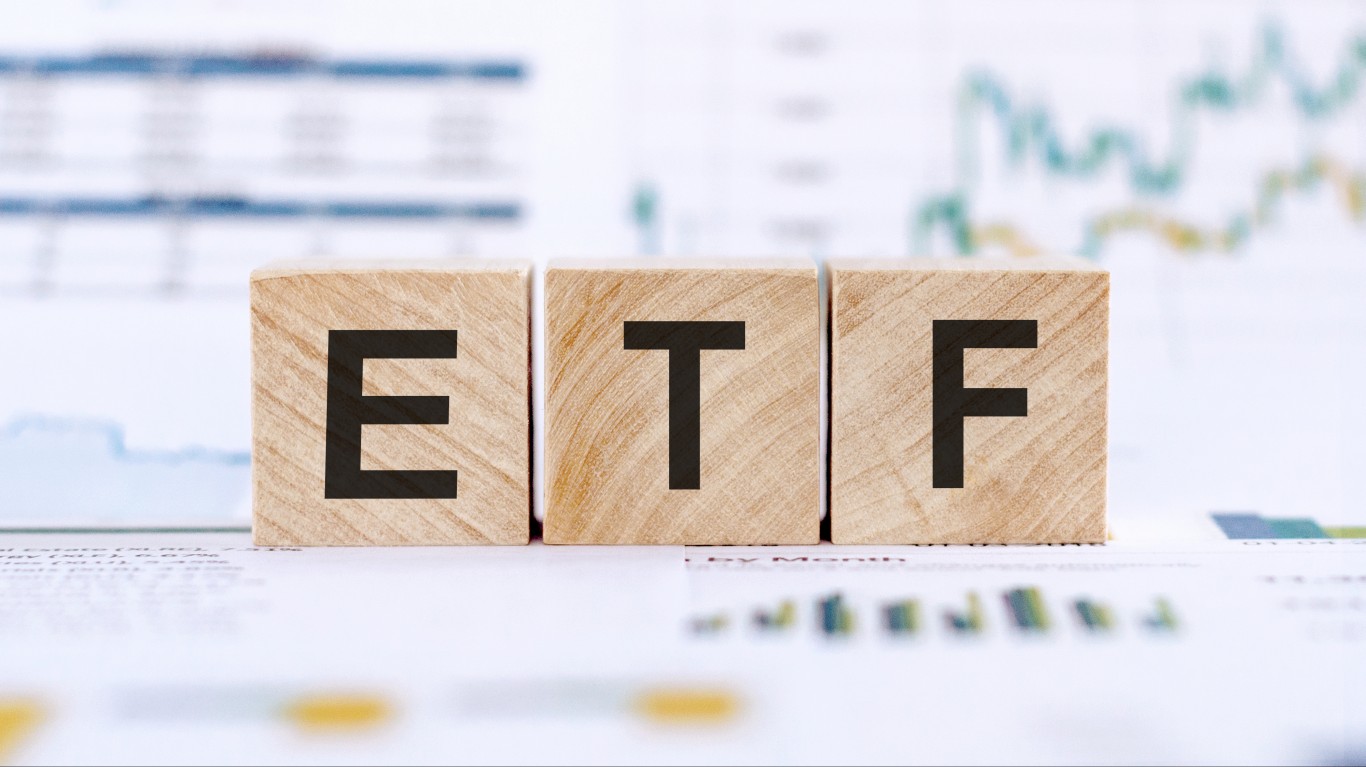Investing
Prediction: These 2 iShares ETFs Will Outperform the Russell 2000 This Year

Published:

The iShares exchange-traded funds (ETFs) are worth exploring if you’re looking for passive options to help you bring greater balance and customization to your portfolio. Of course, there’s no problem with sticking with a total market index fund that owns a tiny bit of everything.
That said, putting all of your cash into such options may not be the optimal move for everyone, especially in today’s market climate, which seems to have too many investors heavy on the market’s heavyweights. By taking advantage of a wider assortment of funds, many of which go for competitive expense ratios, one can adjust their allocation to sectors, industries, geographies, trends, market cap, and even factors (think value, growth, beta).
In this piece, we’ll check out two iShares ETFs for investors overweight large-caps who seek to add some small- and mid-cap promise to their portfolios. For such smaller-cap-focused ETFs, the benchmark will be the Russell 2000, which tracks a good portion of the U.S. small-cap stock market. In recent years, the Russell 2000, which returned 34.6% in five years, trailed the S&P 500, up over 80% in five years, by a landslide.
Undoubtedly, the rise of the Magnificent Seven bears part of the blame for the relative recent outperformance of large- and mega-caps over small- and mid-caps. The big question in 2025 is whether the Mag Seven will have a leg higher after slowing down ahead of the holiday season or if mid-caps will have their moment. Here are two smaller-cap ETFs to play the latter scenario. Also, they may have what it takes to outdo the Russell 2000 in 2025 and beyond.
Small-cap ETFs could have their moment to shine as the large-caps consolidate prior gains.
The Russell 2000 isn’t the only option for passive investors looking to beef up their small-cap exposure.
4 million Americans are set to retire this year. If you want to join them, click here now to see if you’re behind, or ahead. It only takes a minute. (Sponsor)
In my view, a major issue with small-cap stocks is the magnitude of volatility they’re subject to. Undoubtedly, such less-covered names can really fluctuate wildly on the back of a news event or quarterly earnings report. It’s not hard to imagine that higher volatility is off-putting for some investors.
Though not necessarily tied to risk, high volatility is enough to cause some to shy away from the small caps. For those who want small-cap exposure with less implied volatility, there’s a solution for that with the iShares MSCI USA Small-Cap ETF (SMMV).
As the name suggests, the SMMV invests in less volatile stocks in the U.S. small-cap universe. The low-volatility strategy has had mixed results over the years, to say the least, with a mere 16.8% return posted in the past five years (falling shy of the Russell 2000’s 34.6%).
As the markets get wobblier and a tad less bullish, though, I do think this flavor of mid-cap ETF (0.7 beta vs. 1.13 for the Russel 2000) could hold its own better, given its exposure to less-choppy sectors of the market like healthcare, financials, and consumer staples. Also, there’s not that much information technology (just shy of 8%) exposure with the SMMV, making it relatively insulated from a market-wide AI dive. Finally, the 0.20% expense ratio is quite competitive, given it’s a factor-focused small-cap ETF.
For those seeking a narrower approach than the Russell 2000, the iShares Core S&P Small-Cap ETF (NYSEARCA:IJR) stands out. In the past five years, it’s topped the Russell 2000 with nearly 40% gains. The ETF tracks the S&P Small-Cap 600 Index, which may have a slightly heavier weighting towards the more profitable small-caps (or those closer to profitability).
It’s a dirt-cheap ETF with a 0.06% expense ratio and a three-star rating from Morningstar. For investors seeking slightly higher-quality small-caps with marginally less volatility (though not as low as with the SMMV), the IJR may be the better bet than the Russell 2000 for the rest of the year.
Personally, it’s my favorite small-cap option for passive investors who want a quality filter of sorts applied to the U.S. small-cap names. Perhaps the nicest “bonus” about the IJR is the 2% dividend yield, which nearly doubles the 1.12% commanded by the Russell 2000.
In short, the IJR is a better performer than the Russell 2000, with a higher yield and marginally less volatility.
Start by taking a quick retirement quiz from SmartAsset that will match you with up to 3 financial advisors that serve your area and beyond in 5 minutes, or less.
Each advisor has been vetted by SmartAsset and is held to a fiduciary standard to act in your best interests.
Here’s how it works:
1. Answer SmartAsset advisor match quiz
2. Review your pre-screened matches at your leisure. Check out the advisors’ profiles.
3. Speak with advisors at no cost to you. Have an introductory call on the phone or introduction in person and choose whom to work with in the future
Thank you for reading! Have some feedback for us?
Contact the 24/7 Wall St. editorial team.